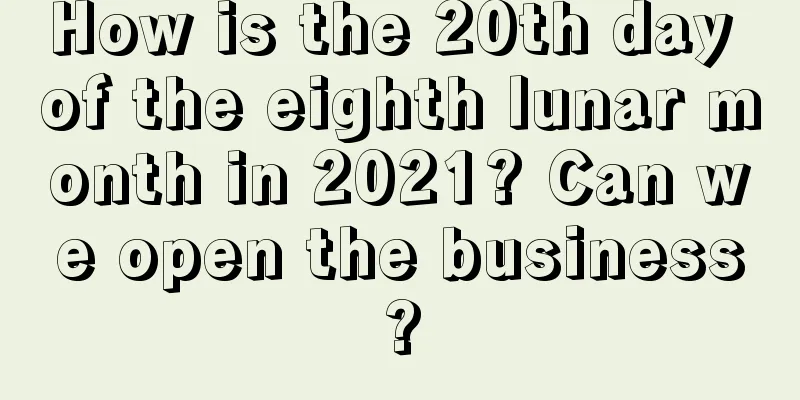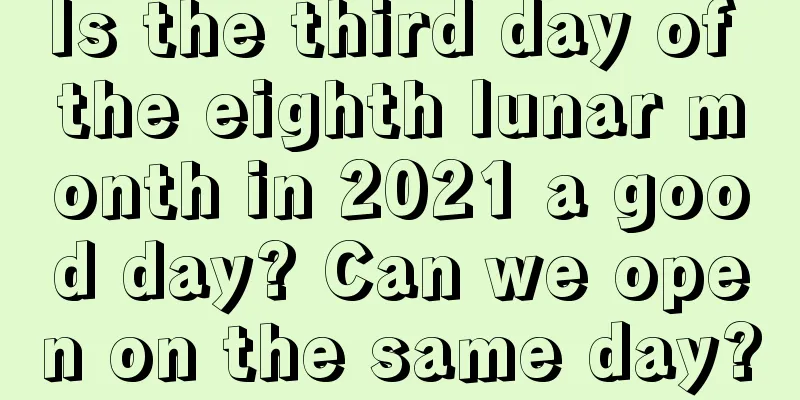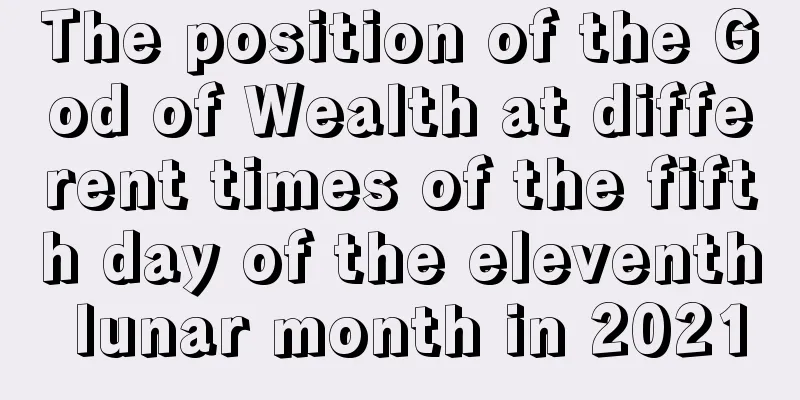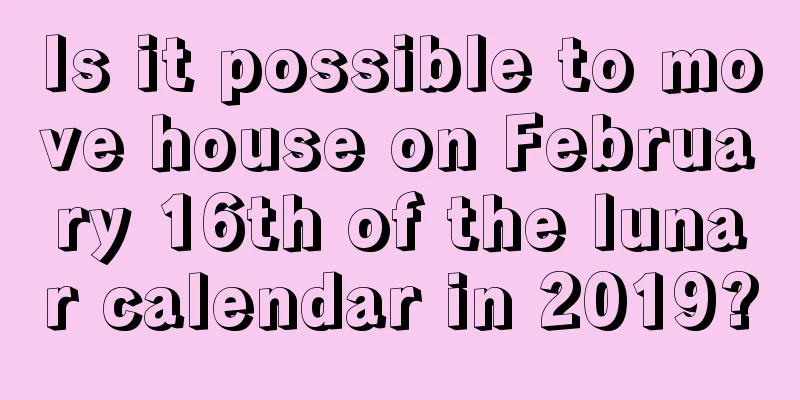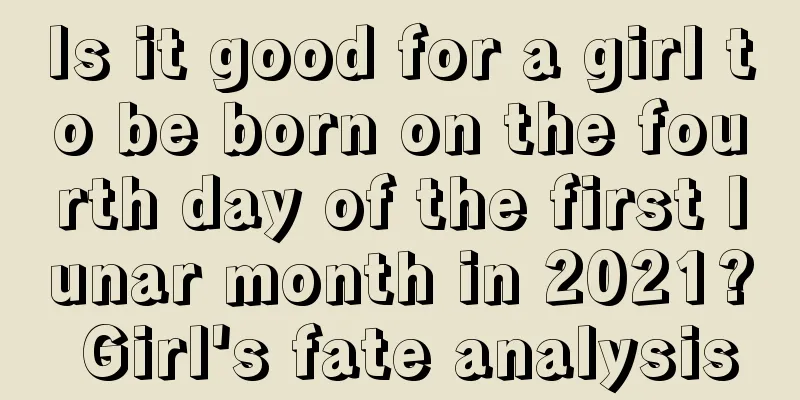What is the next solar term after the winter solstice? What is its meaning and significance?

There are 24 solar terms in a year, 6 solar terms in each season. The Winter Solstice is the fourth solar term in winter. What is the solar term after the Winter Solstice and what is its meaning and significance? The arrival of November in the lunar calendar means we have to bid farewell to the cool autumn and enter the cold winter. Let’s come to the November in the lunar calendar special topic on Shuimoxiansheng.com to learn about November in the lunar calendar of 2019.What is the next solar term after the winter solstice?The solar terms in winter are:《1》Beginning of Winter: The sun is at 225 degrees of ecliptic longitude - November 7-8 of the Gregorian calendar 《2》Minor Snow: The sun is at 240 degrees of ecliptic longitude - November 22-23 of the Gregorian calendar 《3》Daixue: The sun is at 255 degrees of ecliptic longitude - December 6-8 of the Gregorian calendar 《4》Winter Solstice: The sun is at 270 degrees of ecliptic longitude - December 21-23 of the Gregorian calendar 《5》Minor Cold: The sun is at 285 degrees of ecliptic longitude - January 5-7 of the Gregorian calendar 《6》Great Cold: The sun is at 300 degrees of ecliptic longitude - January 20-21 of the Gregorian calendar ——The next solar term after the winter solstice is the Minor Cold. Three signs of Minor Cold: On the day of Minor Cold, the wild geese fly north, five days later, the magpies start to build nests, and five days later, the pheasants start to crow. What is the meaning and significance?The meaning of the Minor Cold solar term:》Minor Cold is the 23rd solar term in the 24 solar terms and the 5th solar term in winter. 》The Big Dipper points to Zi; the sun's ecliptic longitude is 285°; the solar term falls on January 5-7 in the Gregorian calendar. What does the Minor Cold solar term mean? 》Minor Cold marks the official beginning of the winter season. Cold air accumulates over time and becomes cold. Xiaohan means the weather is cold but not extreme. Like the Great Cold, Lesser Heat, Great Heat and End of Heat, it is a solar term that indicates the changes in temperature. Weather characteristics of the Minor Cold solar term: 》The weather is getting colder, but it’s not extremely cold yet. As the saying goes, "The coldest days are in the 39th day of winter." Since the 39th day of winter is basically within this solar term, there is a saying that "Minor Cold is better than Major Cold." The significance of the Minor Cold solar term: During the Lesser Cold season, most parts of my country have entered a period of severe cold, with the soil frozen and rivers frozen. In addition, cold air from the north continues to move south, and the weather is so cold that people call it the "Nine Days of Cold". Although the temperature in the south of my country is not as cold as in the north, the temperature has dropped significantly. The coldest time in the south is the period between Minor Cold and Rain Water and Waking of Insects. It is dry and cold during the Lesser Cold, and it is wet and cold after the Rain. ——The records of the Minor Cold solar term in ancient books: Minor Cold, the twelfth month festival. The cold is still mild at the beginning of the month, so it is said. A half moon is big. On the day of Lesser Cold, the wild geese fly north, and five days later, the magpies begin to build nests, and five days later, the pheasants begin to crow. Yanbei Township (xiàng). Xiang means guide. During the second Yang season, the wild geese will return to avoid the heat. Now they fly north to their hometown, and will all return after the beginning of spring, because the birds get the heat first. The magpie starts building its nest. The door of the magpie's nest always faces Tai Sui. At the beginning of the winter solstice and the beginning of the Tianyuan period, the two Yangs have already obtained the solar terms of the next year. The magpie can then build a nest, knowing which direction to face. Pheasants begin to crow. Pheasant is a civilized bird and a yang bird. "雊" means to sing. When it is close to the 49th day of the lunar month, pheasants will feel the growth of yang energy and sing. |
Recommend
Query the location of the God of Wealth on the sixth day of the first lunar month in 2019. Where is the God of Wealth?
The key to a good year begins in spring. For more...
Are the puppies born in the Beginning of Autumn in 2018 good or bad? Do they have a good fate?
Introduction: Different lives are born on differen...
Is it good to set up the bed on the 15th day of the first lunar month during the Lantern Festival in 2021? The meaning of the land boat during the Lantern Festival
Introduction: It is generally necessary to choose ...
Is a person born on April 14, 2019 a Taurus? Personality analysis of Taurus people born in the Year of the Pig!
Introduction: There are 365 days in a year, and ne...
Analysis of the fate of girls born on December 12 of the lunar calendar in 2020, the Year of the Rat!
Analysis of the fate of girls born on December 12 ...
What is the fate of those born in February 2, 2019, when the Dragon raises its head?
What is the fate of those born in February 2, 2019...
The complete list of names for boys born in the beginning of summer in 2018 who lack the element of gold
Introduction: A name is an important mark in peopl...
Where is the God of Wealth on the 12th day of the first lunar month in 2019? Where is the God of Wealth?
The key to a good year begins in spring. For more...
How to check the auspiciousness or inauspiciousness of the time on New Year’s Eve 2018? Is 2018 New Year’s Eve an auspicious day?
Introduction: In our country’s traditional culture...
Is the first day of the sixth lunar month in 2018 suitable for opening a business? How is today's time?
Whether you are starting a business or opening a s...
What are the zodiac sign and rising sign of a baby born on October 15th of the lunar calendar in 2021?
From the moment a person is born, the moment the m...
What is the zodiac sign of a child born during the White Dew solar term in 2017? Do you have a good personality?
Introduction: When a baby is born, there will be a...
What is the month, date, time, minute and second of Xiaoman in 2022? What traditional food do you eat?
The weather will gradually become hotter during th...
Is it a good idea to open companies and stores on September 29th of the lunar calendar in 2017?
September is in late autumn, and every day in Sep...
Is it possible to move to a new home during the Autumnal Equinox in 2022, the Year of the Tiger? Autumnal Equinox Moving Customs
The solar term "Autumnal Equinox" always...
